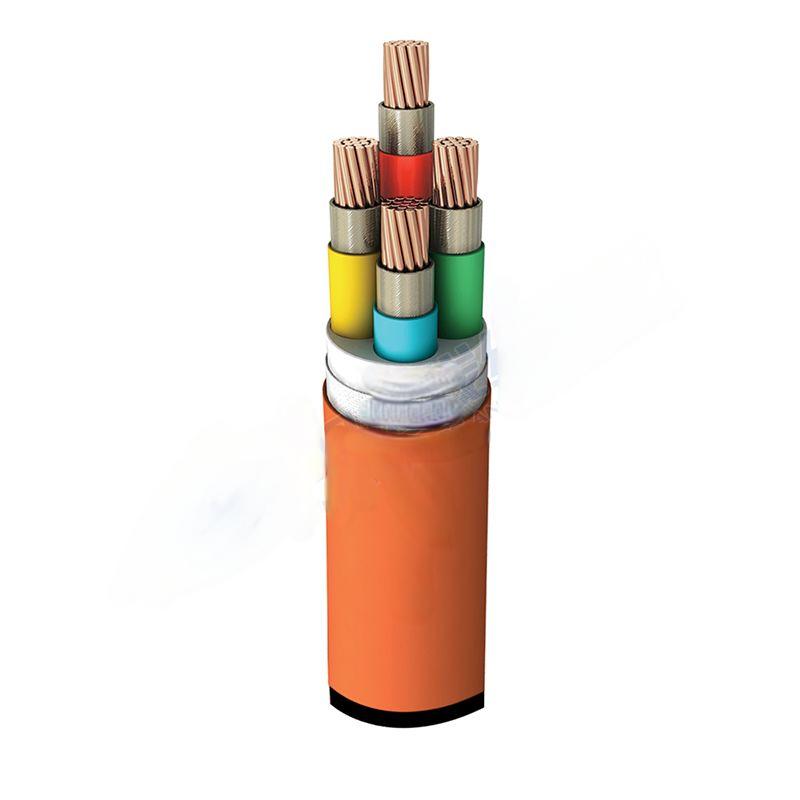9 月 . 10, 2024 22:37 Back to list
non rising stem gate valve
Understanding Non-Rising Stem Gate Valves
Non-rising stem gate valves are critical components in various industrial applications, primarily used to control and isolate the flow of fluids in pipelines. Unlike traditional rising stem gate valves, non-rising stem valves have a stem that does not extend outside the valve body when the valve is opened or closed. This design offers several advantages, making them a preferred choice in many scenarios.
Understanding Non-Rising Stem Gate Valves
Moreover, non-rising stem gate valves are often used in applications where the valve may be exposed to adverse environmental conditions. The enclosed stem reduces the risk of environmental factors, such as moisture or debris, impacting the valve's functionality. This characteristic not only enhances the valve's durability but also minimizes maintenance requirements, making it a cost-effective option for many industries, including water treatment, oil and gas, and chemical manufacturing.
non rising stem gate valve

In terms of operation, non-rising stem gate valves typically employ a threaded stem mechanism, which allows for smooth and efficient opening and closing. When the handle or actuator is turned, the internal mechanism raises or lowers the gate to control fluid flow. This design ensures minimal turbulence and pressure loss when the valve is fully open, promoting efficient system operation.
Another significant advantage of non-rising stem gate valves is their ability to provide a tight seal when closed. The gate's seating surface forms a tight contact with the valve body, preventing leakage even under high pressure. This feature is crucial in applications where fluid leakage could lead to safety hazards or environmental concerns.
However, it is essential to consider the limitations of non-rising stem gate valves. They may not be suitable for all types of fluids, particularly those with solid particles or high viscosity, as such conditions can lead to fouling or difficulty in operation. Additionally, they may require more manual effort to operate compared to smaller rising stem valves.
In conclusion, non-rising stem gate valves are valuable components in various fluid control applications, offering benefits such as space efficiency, durability, and reliable sealing capabilities. When selecting a valve for a specific application, it is vital to assess the operational requirements and environmental conditions to ensure the ideal valve type is chosen. As industries continue to evolve, the innovative design of non-rising stem gate valves will remain an integral part of fluid management systems.
Share
-
Understanding the Differences Between Wafer Type Butterfly Valve and Lugged Butterfly ValveNewsOct.25,2024
-
The Efficiency of Wafer Type Butterfly Valve and Lugged Butterfly ValveNewsOct.25,2024
-
The Ultimate Guide to Industrial Swing Check Valve: Performance, Installation, and MaintenanceNewsOct.25,2024
-
Superior Performance with Industrial Swing Check Valve: The Essential Valve for Any SystemNewsOct.25,2024
-
Industrial Swing Check Valve: The Ideal Solution for Flow ControlNewsOct.25,2024
-
You Need to Know About Industrial Swing Check Valve: Functionality, Scope, and PerformanceNewsOct.25,2024